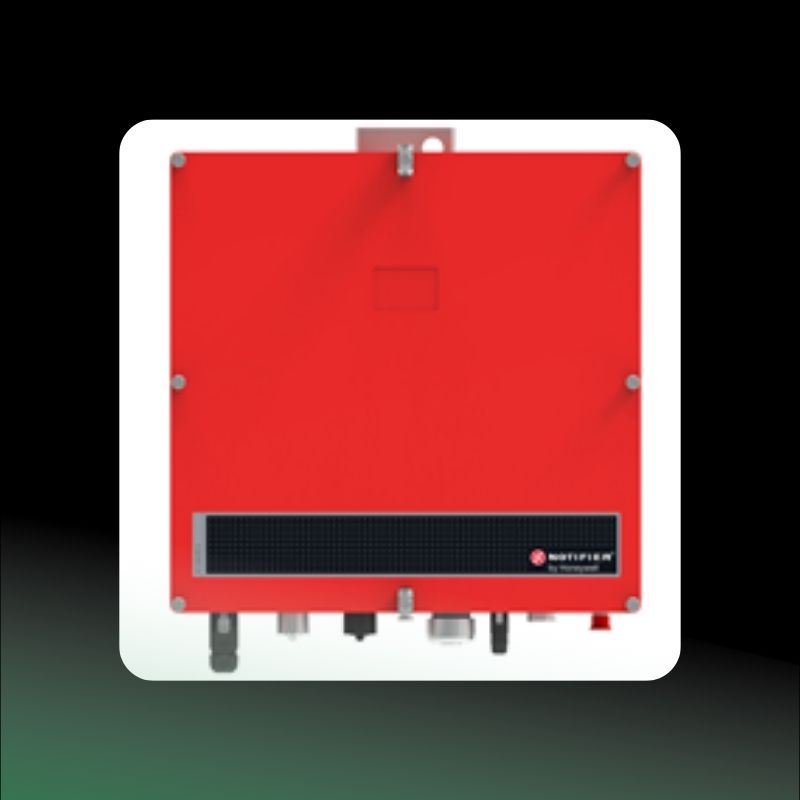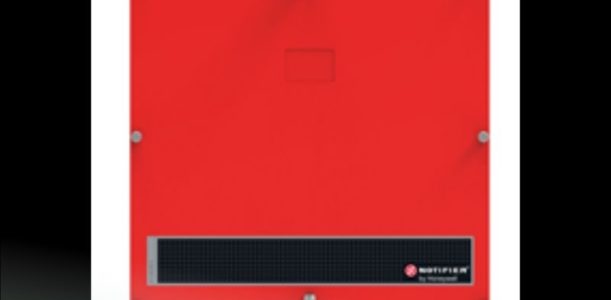
Why a BDA is Critical
Busy office buildings, high-rise structures and buildings that host large events can pose risks if the radio frequency of first responders is hindered during an emergency. The building size, construction material and features can block the radio signal of emergency responders and hinder life-saving rescue. Reliable communication is critical during an emergency where first responders inside a building must be able to communicate with personnel outside the building.
Imagine a firefighter inside a building who cannot communicate the status of a fire or their location to a command post outside. Or a police officer who cannot communicate to authorities outside a building during an emergency like an active shooter event. Even the slightest hindrance of communication increases the threat and puts everyone at risk.
What Buildings Require a Signal Booster
A Public Safety signal booster is required in many different types of buildings to ensure reliable communication, save lives, and prevent an escalation of emergency situations. Fire and Public Safety codes require a band signal booster and many types of buildings including hotels, stadiums, universities, airports, shopping malls, parking garages, and elevators, for example.
Public Safety Communication Code Compliance Requirements
Originally, local authorities adopted their own regulations for Public Safety communications which created some confusion as to which parts of national fire safety code standards apply to various building types. Today, three main organizations have set national standards that regulate public safety compliance, those include the:
- National Fire Protection Association (NFPA)
- International Fire Code (IFC)
- International Building Code (IBC)
These organizations in addition to the local Authority Having Jurisdiction (AHJ) govern the installation, maintenance and testing of two-way emergency responder radio enhancement systems in buildings.
NFPA 72 includes the standards for the installation, maintenance, and performance of fire detection systems as well as emergency communication and mass notification systems. NFPA 1221 contains the standards for the installation, maintenance and use of Emergency Services Communication Systems.
The IBC first introduced code requirements for Emergency Radio Communication Enhancement Systems (ERCES) and IBC 2015 section 916 states that emergency responder radio coverage shall be provided in all new buildings in accordance with Section 510 of the International Fire Code.
First Responder Network Authority of the United States
The Middle Class Tax Relief and Job Creation Act of 2012 created the First Responder Network Authority of the United States, FirstNet, as an independent authority within the National Telecommunications & Information Administration (NTIA). The mission of FirstNet is to build, operate, and maintain the first of its kind countrywide, high-speed network created solely for the purpose of serving Public Safety. Adequate cellular coverage and signal strength is now a requirement and no longer an option.
The Public Safety broadband network is the first unified public safety network to serve first responders including firefighters, police, EMS ambulance paramedics, U.S. marshals, and other public safety workers. This provides a nationwide umbrella for fire and building safety to thousands of organizations and Public Safety workers at local, state, and federal levels. FirstNet selected AT&T to build and manage the first nationwide Public Safety broadband network that is dedicated solely to first responders.
How To Choose The Right Public Safety Signal Booster
There are two types of Public Safety signal boosters:
- Class A – have higher power for larger coverage areas
- Class B – generally limited to 500 K square feet due to power limitations
Contact an experienced and licensed fire safety specialists like High Rise Security Systems, HRSS for assistance in choosing the right signal boost or for your business and building type.
HRSS offers quality, UL listed ERCES and BDAs from the leading fire alarm system manufacturers. We ensure that your entire system meets all fire safety and public safety signal code regulations. Contact HRSS for assistance in finding the fire alarm and life safety system including the Public Safety signal booster



